Western Music History – 1 –
The history of Western music is explained.
This blog explains Middle Age.
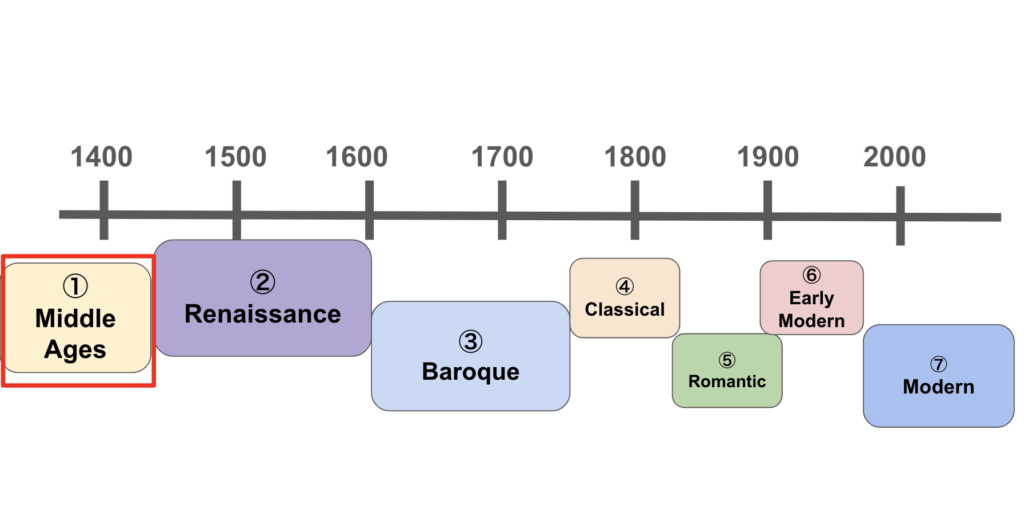
- Middle Ages
- Renaissance
- Baroque
- Classical
- Romance
- Early Modern
- Modern
Middle Ages
The Medieval Ages was a very long time, about 1,000 years.
Education was allowed only to a few rich people, and many people were incapable of rational thought. Religious rule over Christians was strong, taking advantage of their fear of natural disasters and death.
Because it was a time of “rule and be ruled,” the power of religion could not be ignored even by the upper classes, and the Pope, the supreme leader of the Catholic Church, had overwhelming power.
The music of the time was also controlled by religion and only grew within the confines of Christianity. Music was used as a performance to establish God and the clergy in a more exalted position.
At the peak of the church’s power from the 11th to 13th century, the church built luxurious churches as symbols of its power, and made and played dignified, gorgeous, and beautiful music.
It was also a time of many lives lost due to the Islamic invasion by the Crusaders, the plague epidemic, and the Inquisition, which judged those who strayed from the orthodox faith. This period is also known as the Dark Ages.
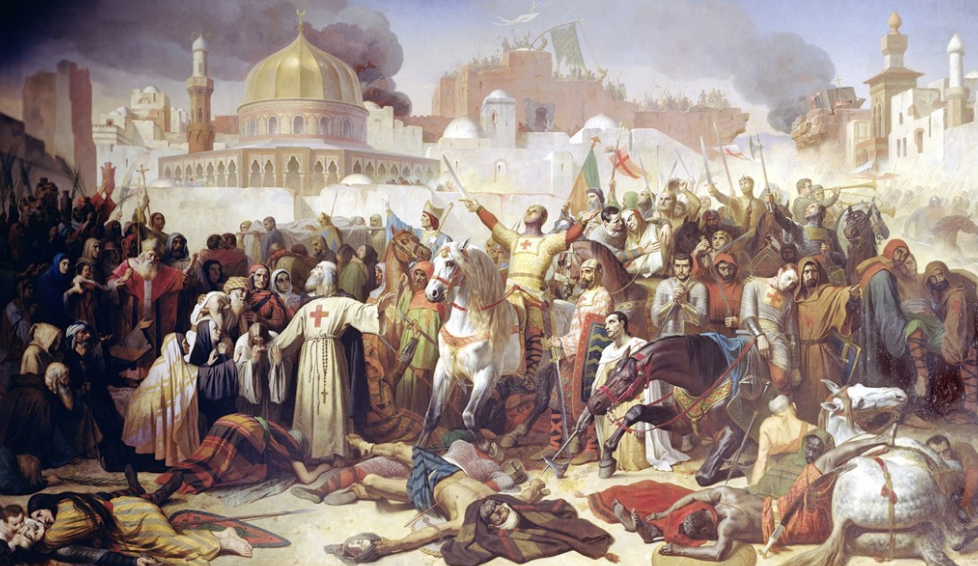
Gregorian chant with monophonic melody, derivation to two-voice organum
The music itself was simple, and was mostly unaccompanied songs called chants.
Gregorian chant, the monophonic, unaccompanied religious music used in the Roman Catholic Church, was the predominant form during this period. There was no harmony created by two or more notes, and the music was almost intuitive, without rhythm or beat. The musical notation was also more primitive than stave notation.
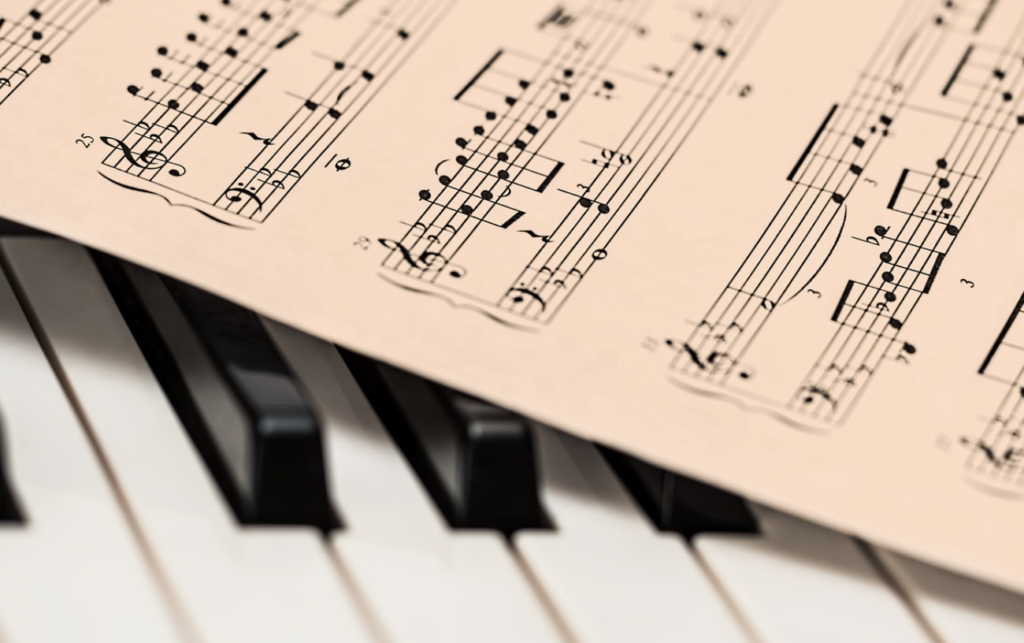
A major change in the long medieval period of music history was the birth of harmony. Harmony was born when the chants, which had previously been monophonic, shifted their melody to the fourth or fifth degree, the perfect pitch, and realized that they blended together beautifully when sung over one another.
This polyphonic music is called “organum. When organum was first created, harmonies were only sung in parallel with the main melody, but there were some thought processes that led to harmony being sung in pairs with the melody, or harmony becoming melody, and the number of harmony variations gradually increased.
Western music gradually became more complex, and by the Ars Nova period in the late Middle Ages, the motet style, in which three voices sang together, became the mainstream. Unlike chants, which had been mainly in Latin, motets were sung in French, leading to a departure from religious music.
Motets began to show more secular and folkloric characteristics, based on two beats instead of the three favored for religious music.
The church issued a ban on the use of motets, and this led to the development of two separate worlds: religious music and secular music.
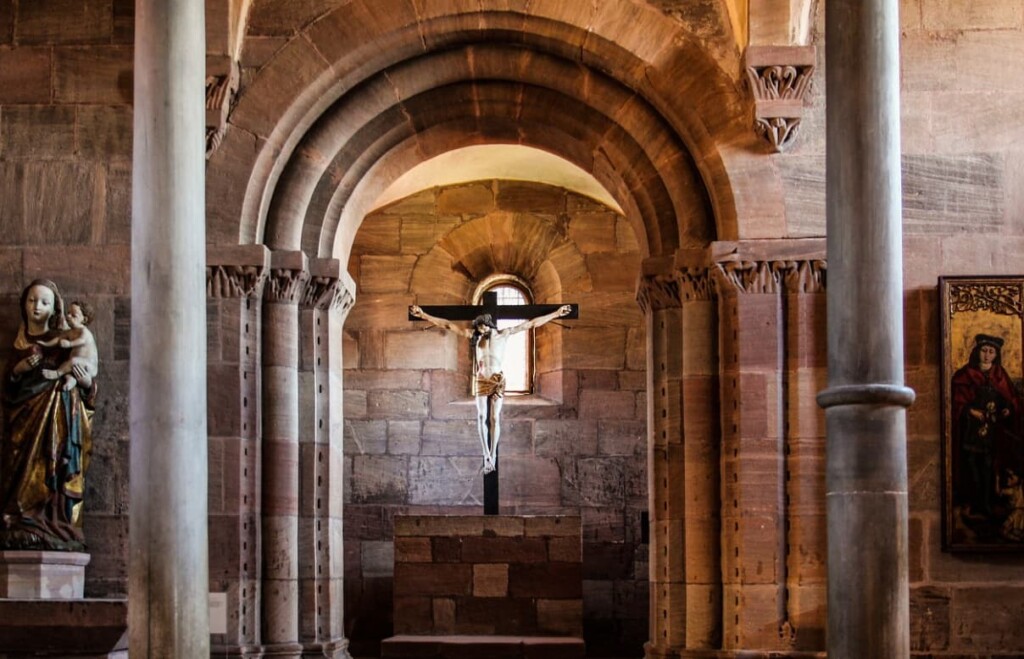
With the failure of the Crusader expeditions and schisms within the church, the late medieval period saw the next Christianity losing its dominance, while art and creation developed and entered the Renaissance period.
The growth of the music box also originated during this Renaissance period, and was based on the “carillon,” a huge musical instrument in which the building itself played the sound of tuned bronze bells on a keyboard.

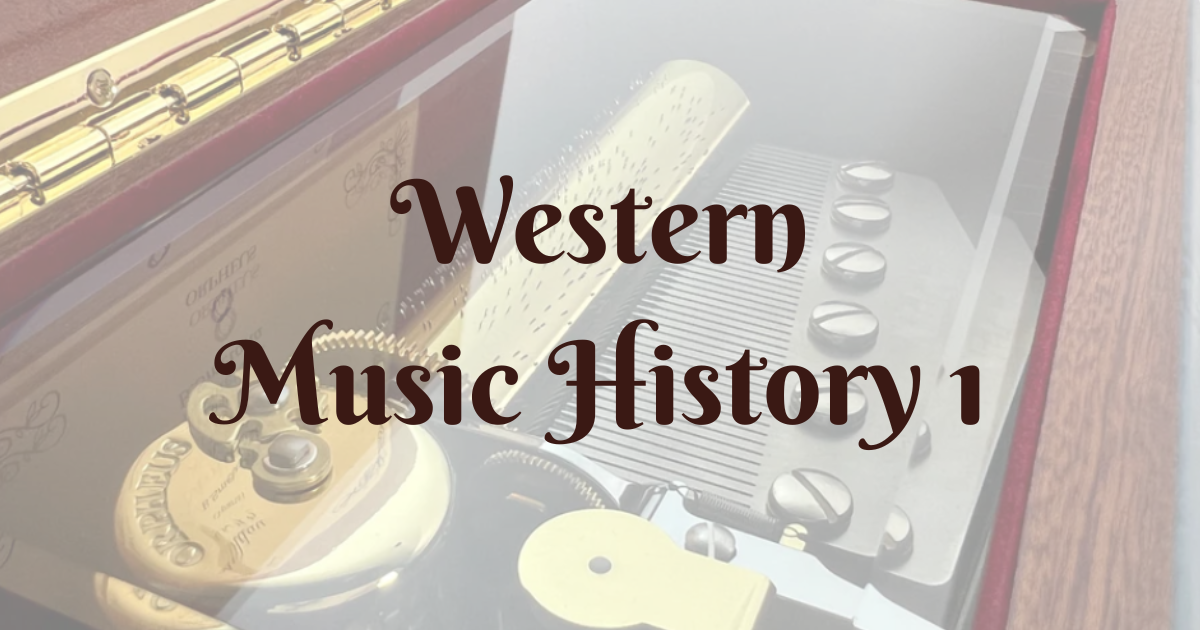
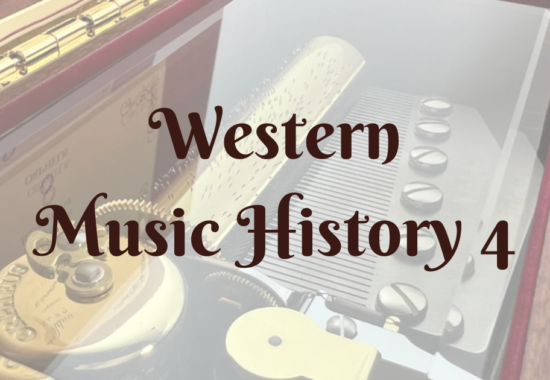
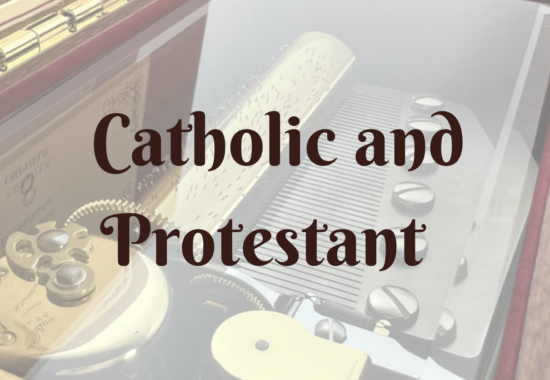
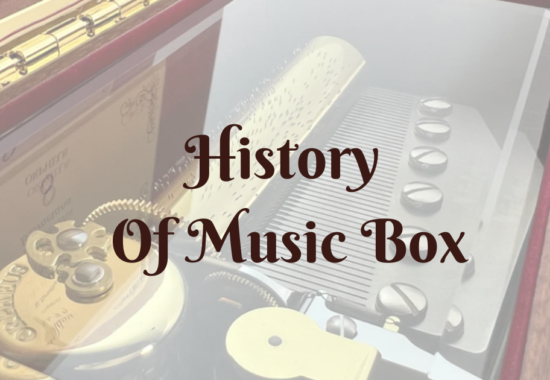

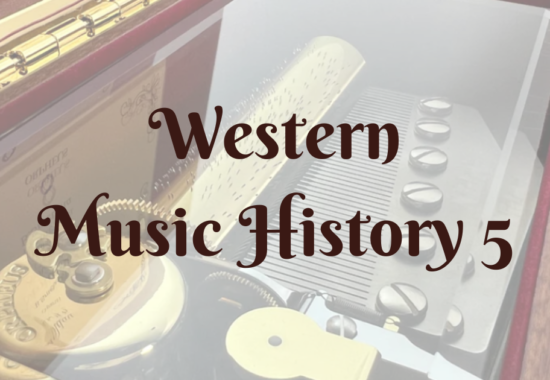
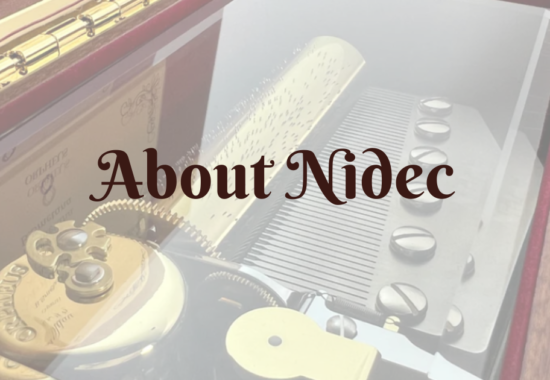
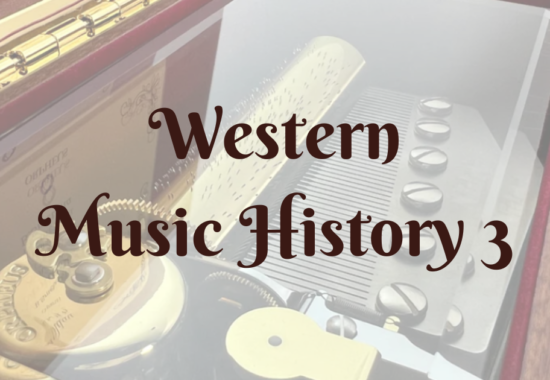
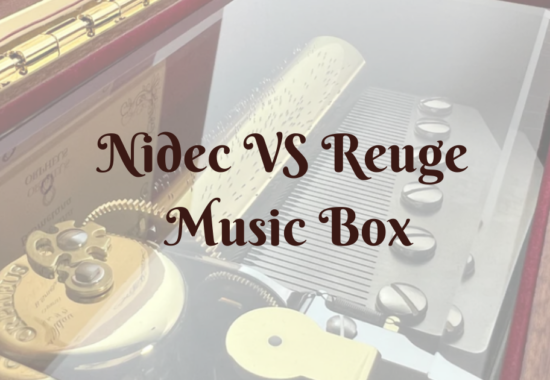
この記事へのコメントはありません。